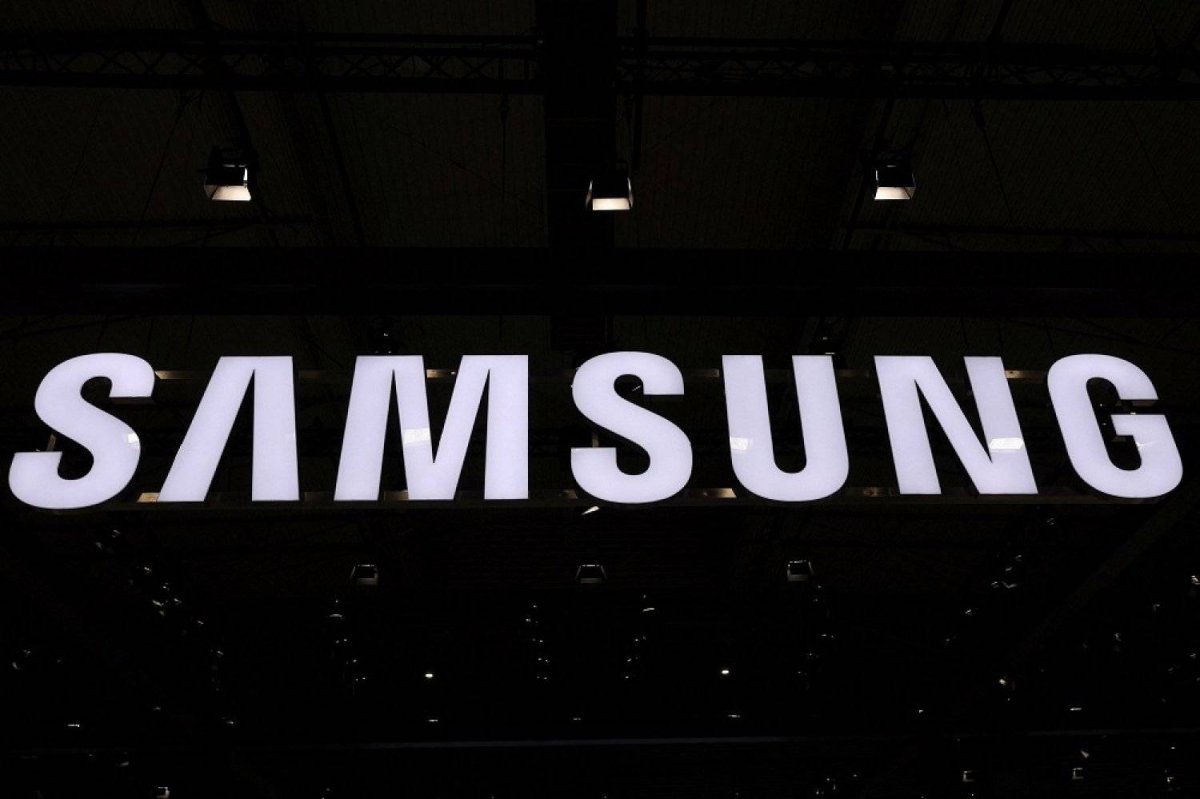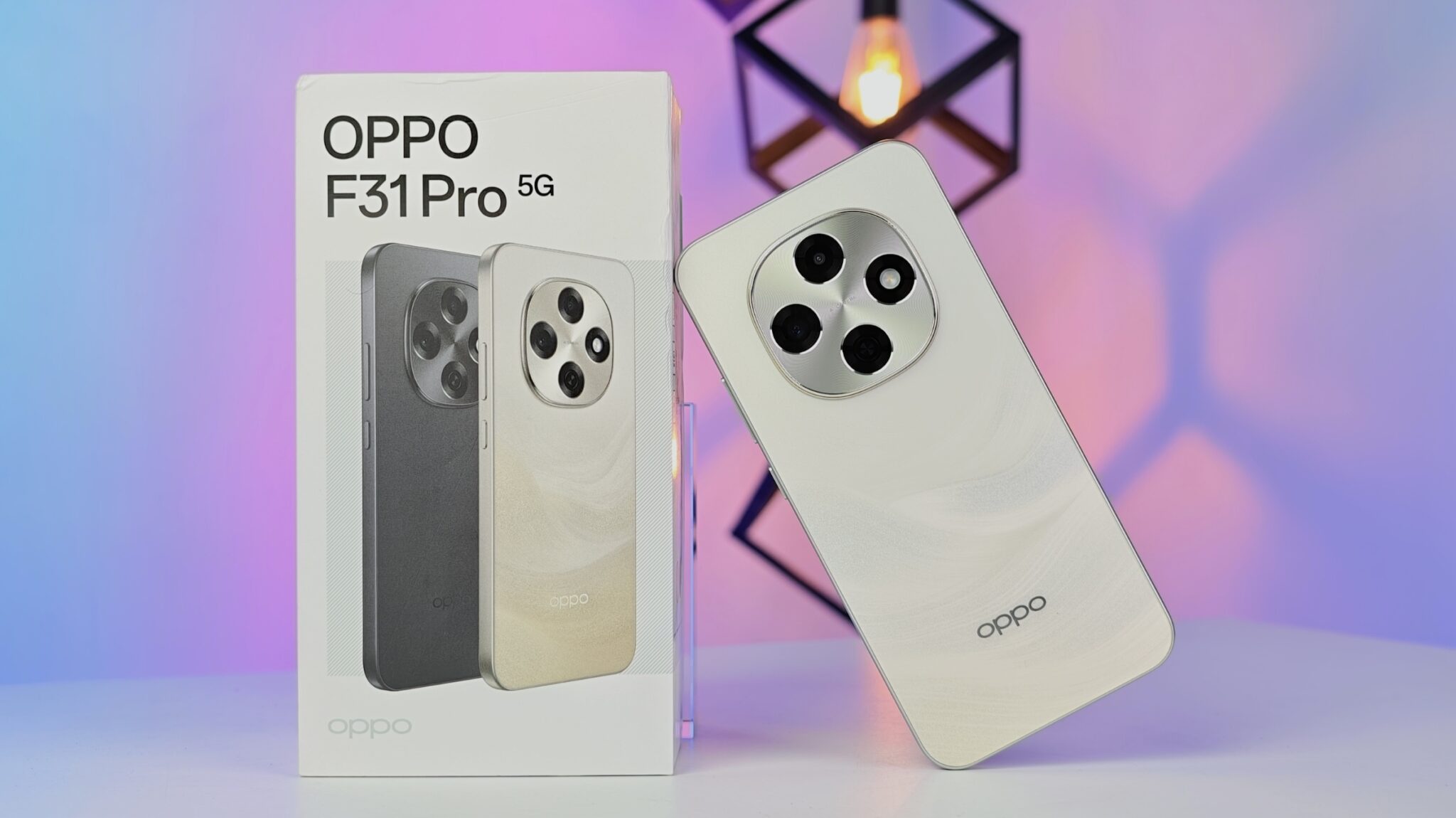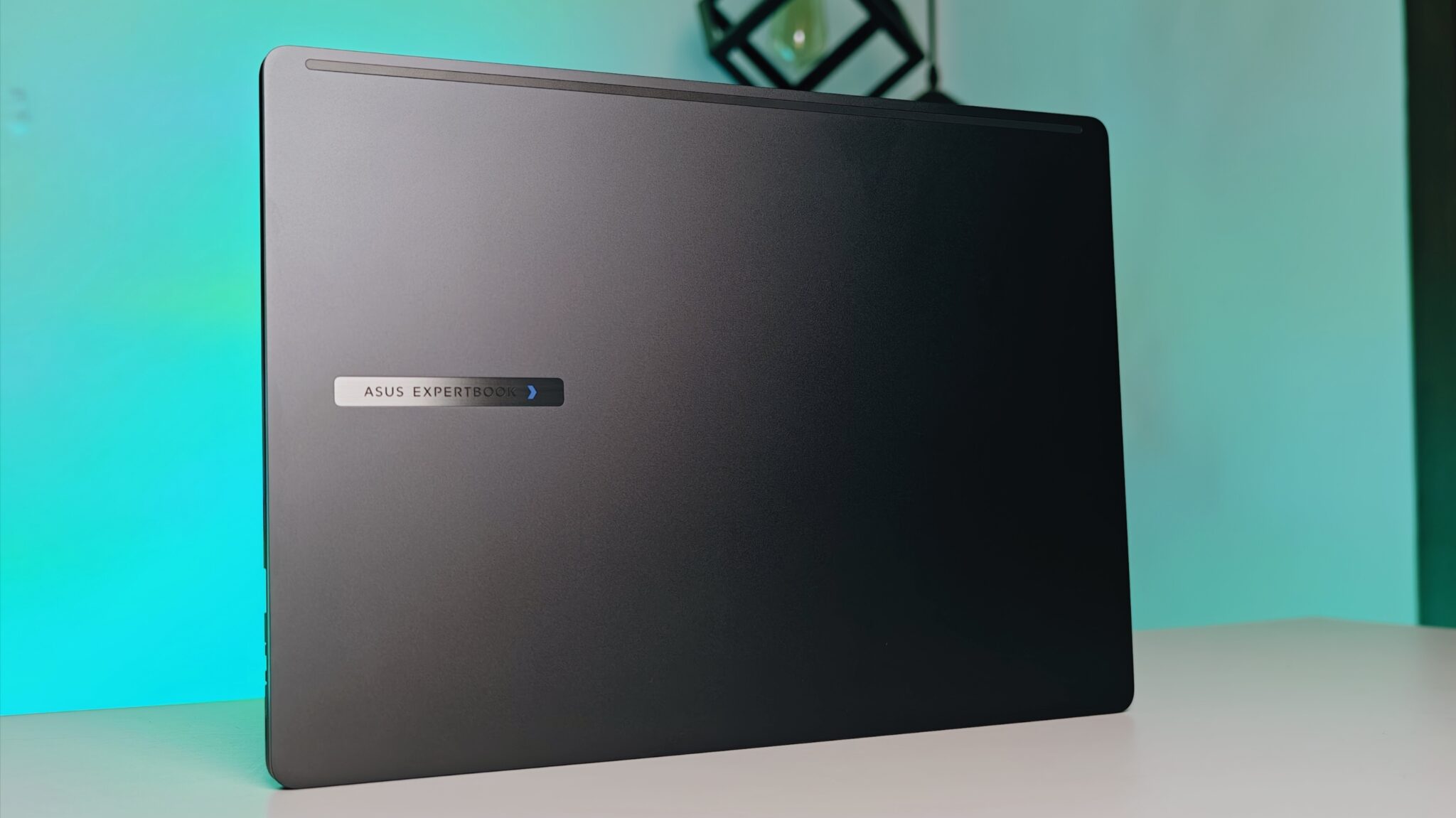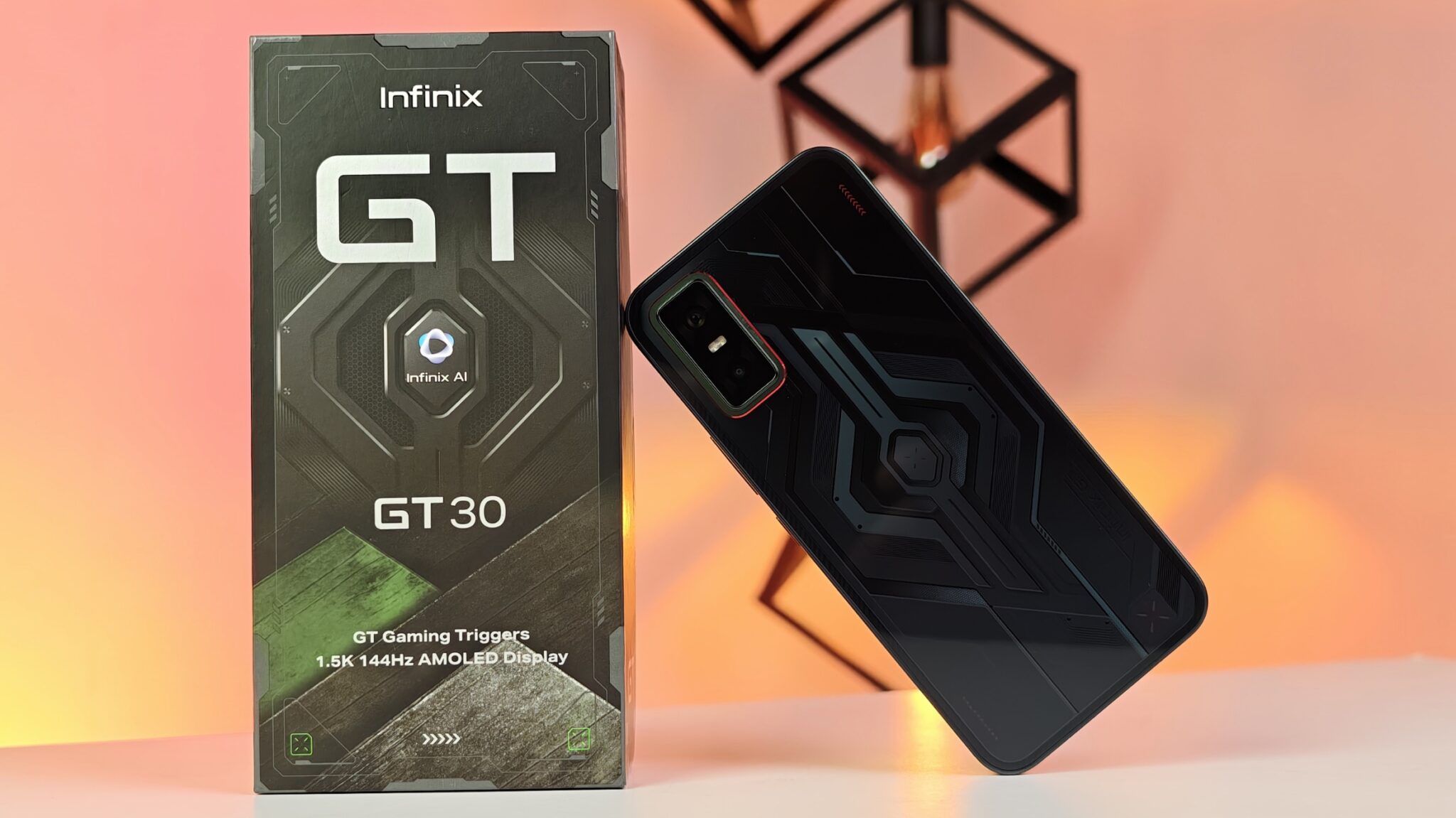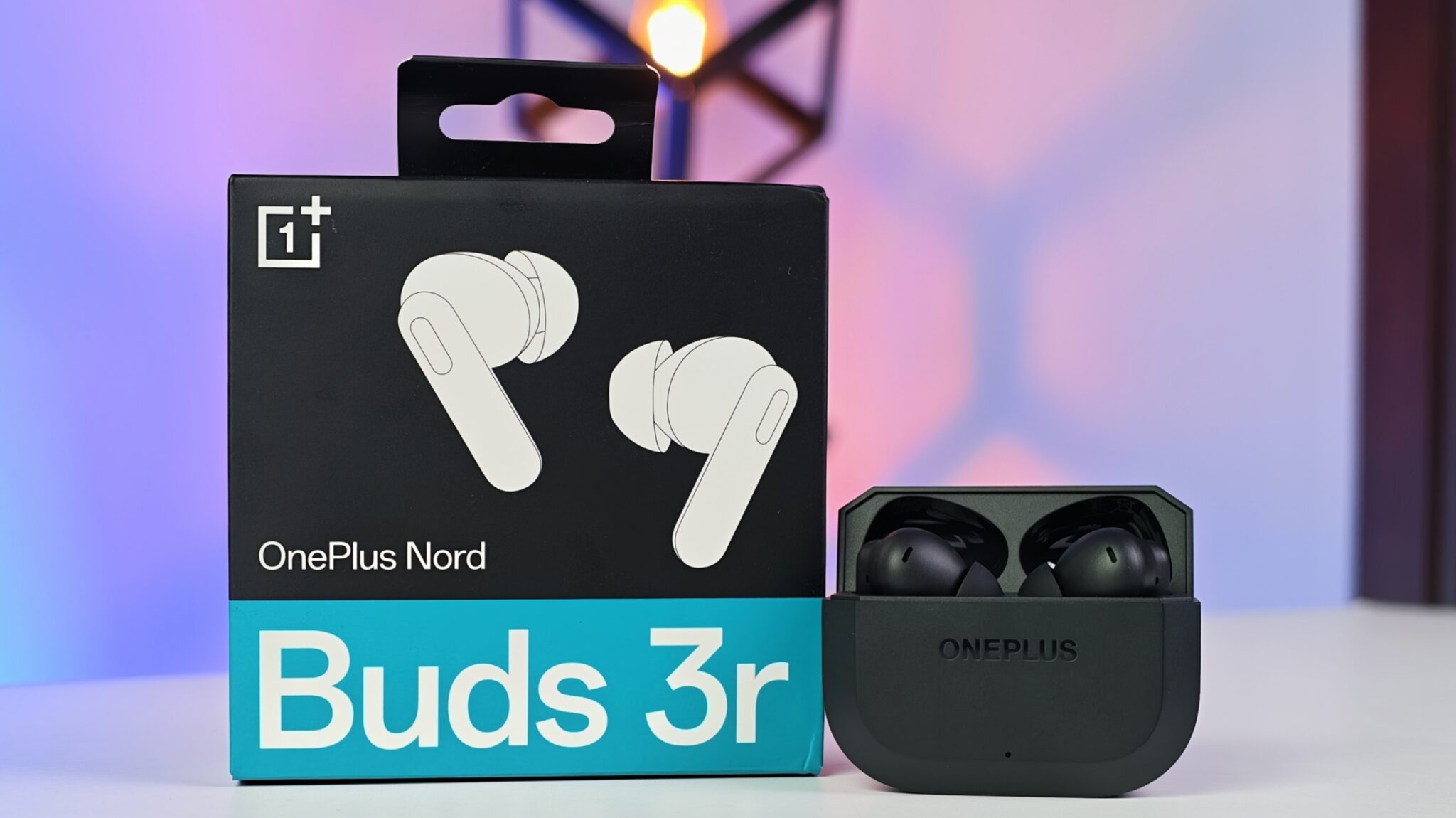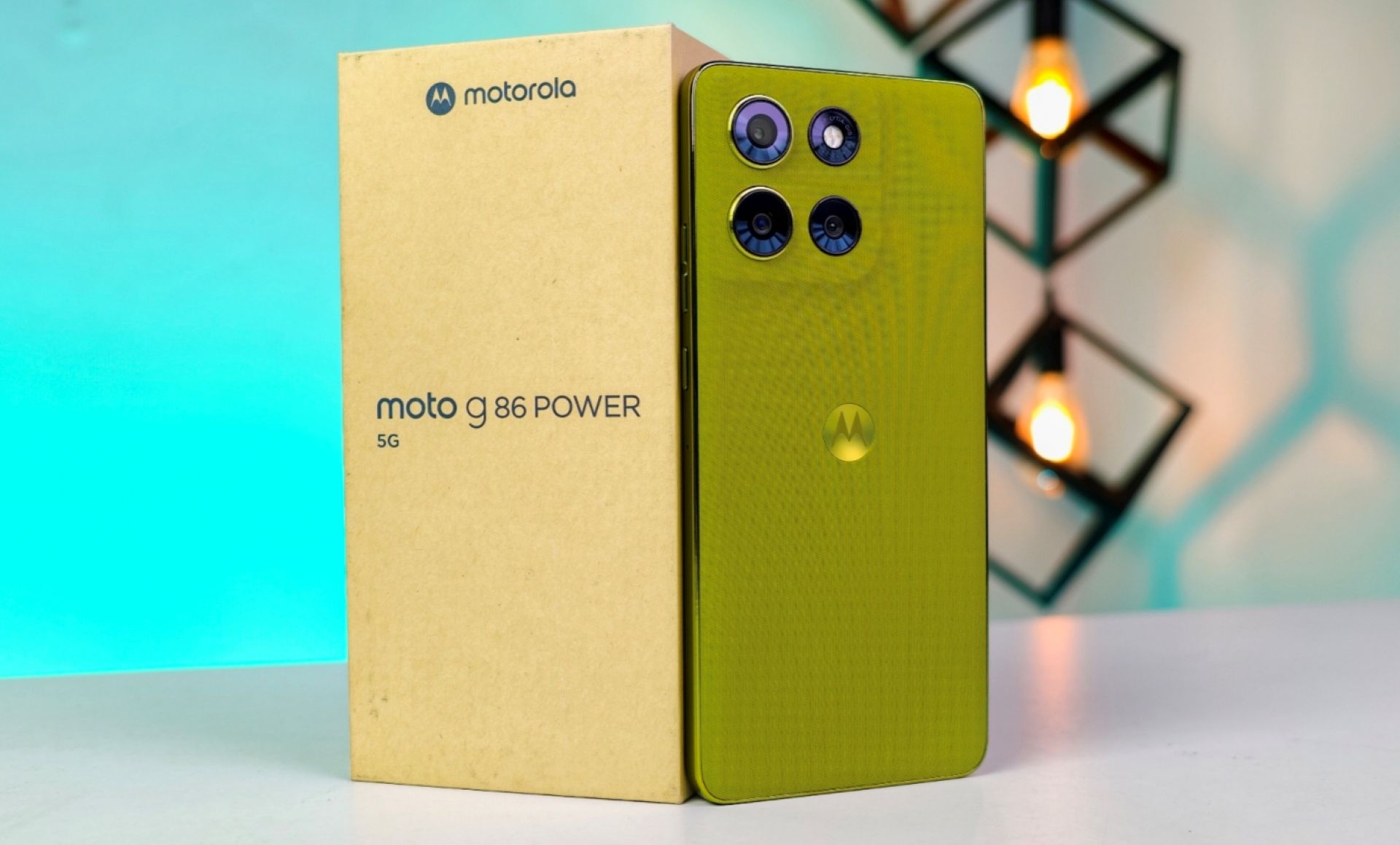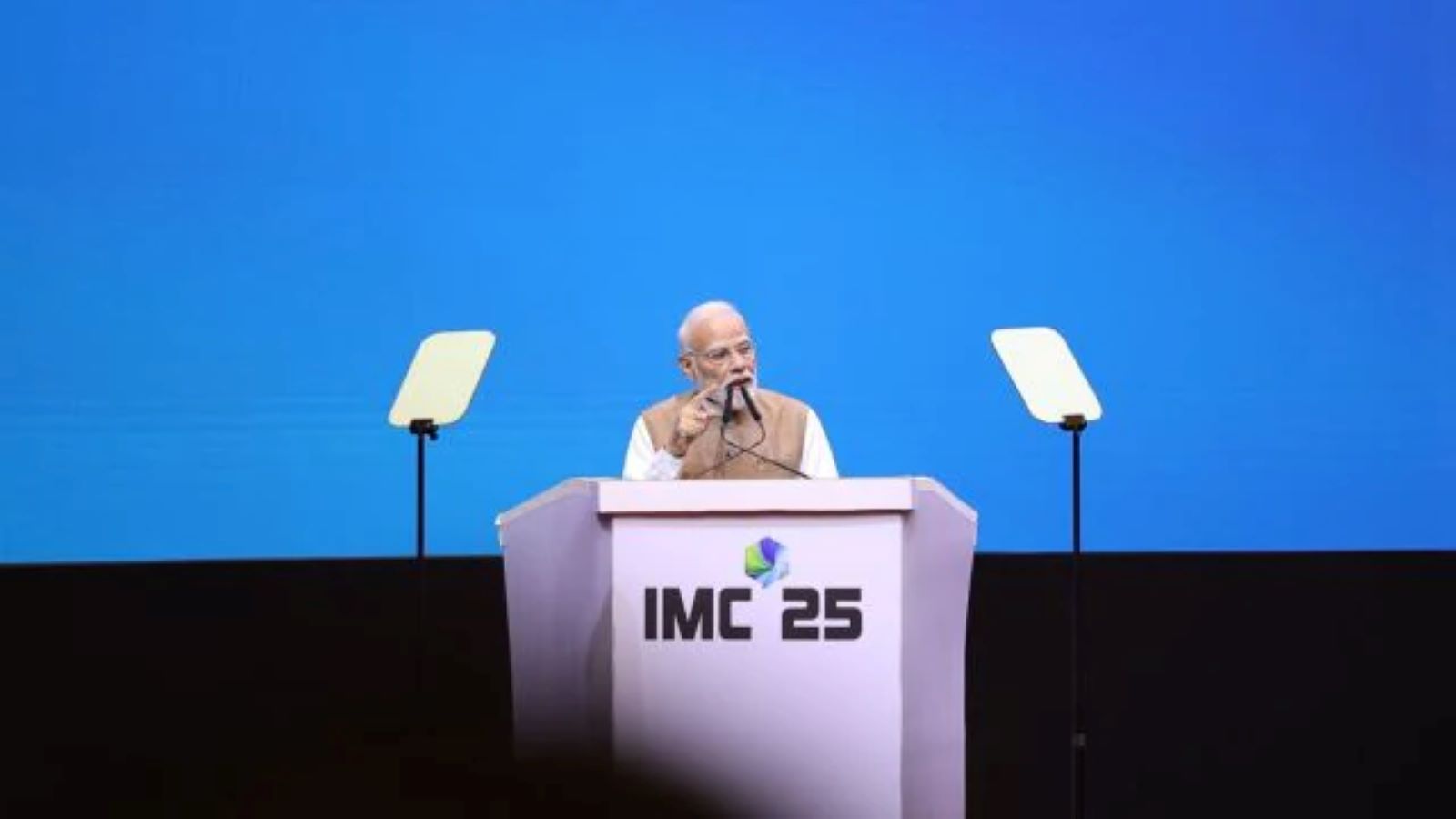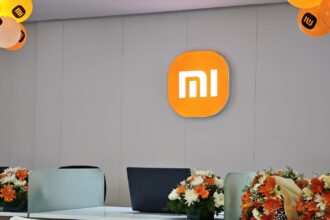In a significant move, Samsung Electronics has replaced its head of the semiconductor business, a decision driven by increasing pressure from rival SK Hynix, which has taken a substantial lead in the AI chip market. The leadership change aims to rejuvenate Samsung’s efforts to catch up with SK Hynix, which has been at the forefront of producing high-bandwidth memory (HBM) chips, crucial for artificial intelligence applications.
Background
SK Hynix has recently become a dominant player in the AI memory chip market, securing major deals with industry giants like Nvidia. Their high-yield HBM3 chips have set a high bar, achieving production yields between 60-70%, compared to Samsung’s 10-20% yield for the same type of chips. This performance has allowed SK Hynix to capture a significant market share and become a preferred supplier for Nvidia’s latest AI platforms.
Samsung’s Struggles and Strategic Shifts
Samsung, historically a leader in the DRAM market, has struggled to keep pace with the rapid advancements in HBM technology. The company initially stuck with its non-conductive film (NCF) technology, which led to production challenges. In contrast, SK Hynix adopted the mass reflow molded underfill (MR-MUF) technique, which proved more efficient and reliable. Acknowledging this gap, Samsung has recently started adopting the MR-MUF technique and issued purchase orders for the necessary chip-making equipment.
Leadership Change
The recent appointment of a new head for Samsung’s semiconductor business is a strategic move to reinvigorate the company’s approach to AI memory chip production. The new leadership is expected to streamline operations, enhance production techniques, and accelerate the adoption of more efficient manufacturing methods to improve yield rates and production capabilities.
Samsung’s new strategy includes a dual approach, utilizing both NCF and MR-MUF techniques for their latest HBM3E chips. This move aims to address current production inefficiencies and prepare for mass production by next year. Samsung’s commitment to improving its HBM chip yields is crucial as the global demand for AI applications continues to surge.
Market Implications
The competition between Samsung and SK Hynix is intensifying as both companies vie for dominance in the lucrative AI chip market. According to TrendForce, the HBM market is expected to double to nearly $9 billion this year, driven by AI-related demand. As Samsung ramps up its production capabilities, the market dynamics could shift, potentially narrowing the gap between the two tech giants.
The replacement of Samsung’s chip chief marks a critical juncture for the company as it seeks to reclaim its leadership position in the semiconductor industry. By adopting more advanced production techniques and bolstering its focus on AI chip manufacturing, Samsung aims to compete more effectively with SK Hynix. The semiconductor sector will closely watch how these changes impact the competitive landscape in the


